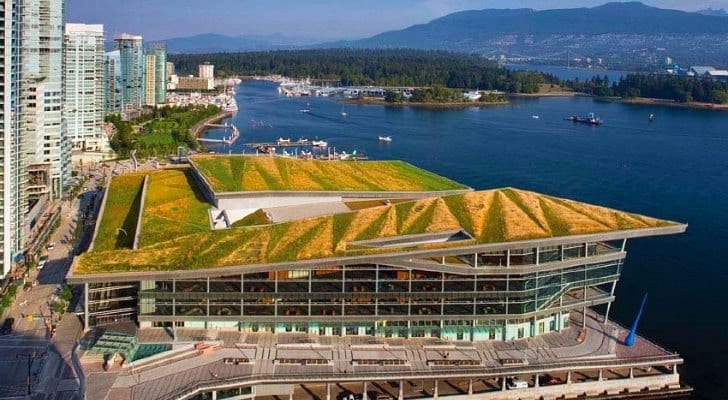LEED Certified Buildings: A Sustainable Future
As the world becomes more conscious of the environmental impact of human activities, the construction industry is striving towards creating sustainable buildings. LEED (Leadership in Energy and Environmental Design) certified buildings play a crucial role in this movement. These buildings are designed and constructed with a focus on energy efficiency, water conservation, and sustainable materials.
Advantages of LEED Certified Buildings
LEED certified buildings offer numerous benefits. Firstly, they significantly reduce energy consumption through efficient heating, cooling, and lighting systems. This not only reduces greenhouse gas emissions but also lowers utility costs for building owners and occupants. Secondly, these buildings utilize water-saving fixtures and technologies, reducing water consumption and promoting responsible water management.
Furthermore, LEED certified buildings prioritize the use of sustainable materials, such as recycled materials or renewable resources. This reduces the demand for virgin materials and minimizes waste generation. Additionally, these buildings provide healthier indoor environments by ensuring proper ventilation and using low-emitting materials, which improves occupant well-being and productivity.
Impact on the Environment
The impact of LEED certified buildings on the environment is significant. By reducing energy consumption, these buildings contribute to the global efforts in combating climate change. They also help preserve natural resources by minimizing water usage and promoting sustainable material sourcing.
Moreover, LEED certified buildings play a vital role in reducing waste generation. Construction and demolition waste constitute a significant portion of landfill waste. By promoting responsible waste management practices, these buildings minimize the environmental impact associated with construction activities.
The Future of Sustainable Construction
LEED certified buildings are at the forefront of sustainable construction practices. They serve as models for the industry and inspire other developers to prioritize environmental stewardship in their projects. As technology evolves, so does the LEED certification process, ensuring that buildings continue to meet the highest standards of sustainability.
With increasing awareness and demand for sustainable buildings, LEED certification has become a mark of prestige for architects, builders, and building owners. It not only demonstrates a commitment to environmental responsibility but also provides financial benefits through energy and water savings.
In conclusion, LEED certified buildings are driving the sustainable construction movement forward. With their focus on energy efficiency, water conservation, and sustainable materials, these buildings contribute to a greener future. As more buildings obtain LEED certification, the positive impact on the environment and human well-being will continue to grow.
